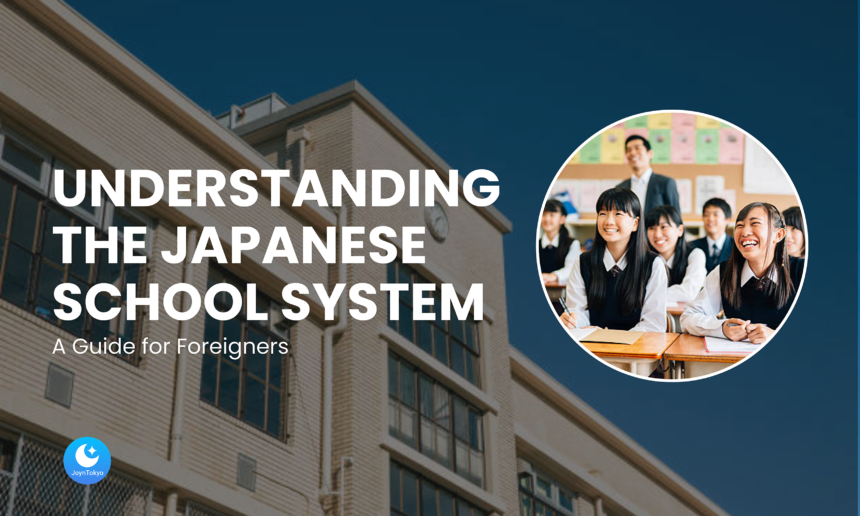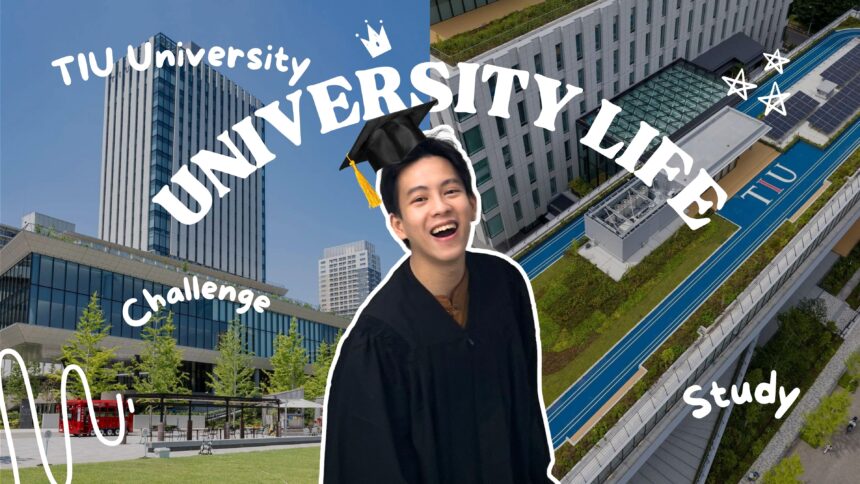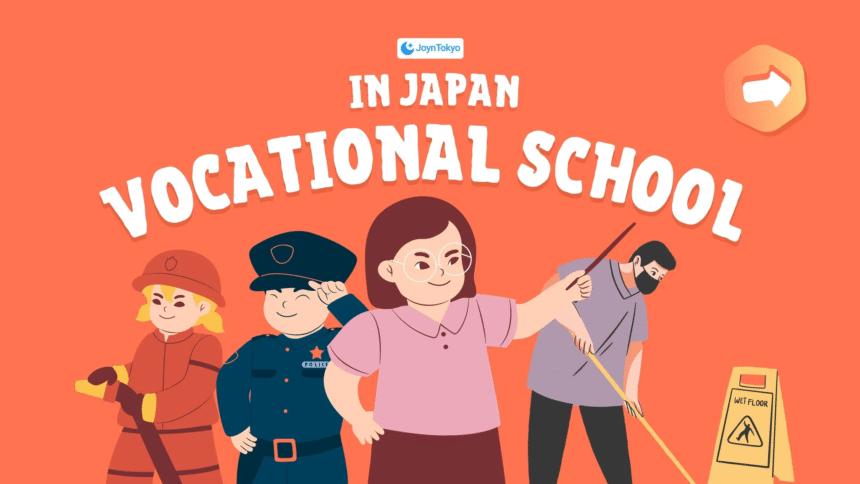Navigating a new country’s education system can be both exciting and daunting. In Japan, the school structure is highly organized and places great emphasis on academic rigor, discipline, and social development. This article provides an in-depth overview of the Japanese schooling system, from preschool to higher education, along with practical tips for foreign families considering enrolling their children—or themselves—in Japan’s educational institutions.
Structure of the Japanese Education System
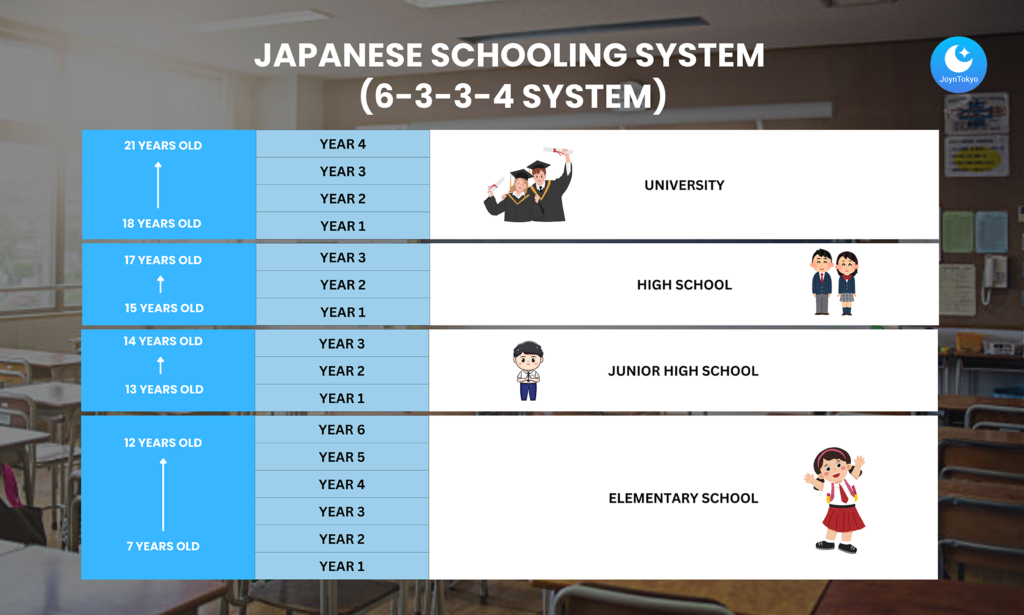
Japan follows a 6-3-3-4 model: six years of elementary school, three years of junior high, three years of high school, and four years of university. The academic year begins in April and ends in March, which differs from many Western systems. While high school is not legally compulsory, almost all students continue beyond junior high.
Early Childhood and Compulsory Education
Education in Japan begins before elementary school for many children. Kindergartens (yōchien/幼稚園) and daycares (hoikuen/保育園) introduce young learners to social skills, group activities, and play-based learning. Some facilities combine both functions into “nintei kodomoen,” which are increasingly popular as flexible childcare options.
Compulsory education covers nine years: six in elementary school and three in junior high. Elementary school introduces Japanese language, arithmetic, science, and social studies, as well as music, arts, and physical education. A distinctive element is sōji (掃除), where students clean classrooms and school facilities daily, reinforcing responsibility and teamwork.
Junior high builds upon these foundations with advanced mathematics, science, and foreign languages—most commonly English. Club activities, known as bukatsu, become central at this stage. Students often join sports teams or cultural groups, which foster discipline, leadership, and strong social bonds.
High School in Japan
Over 95 percent of Japanese students continue to high school (kōkō/高校). Though not part of compulsory education, it is considered a vital stage for future opportunities. Students typically select between academic or vocational paths depending on their goals.
Academic high schools emphasize preparation for university entrance exams. They often include specialized tracks, allowing students to focus on sciences, humanities, or social sciences aligned with their intended majors. These schools are highly competitive and place significant pressure on academic performance.
Vocational high schools, on the other hand, are designed for students who wish to gain practical training. They provide education in areas such as agriculture, engineering, business, and healthcare. Many vocational schools also partner with local industries, giving students access to hands-on experience and job placements after graduation.
Higher Education in Japan
After high school, students may enter universities or vocational colleges. Admission is highly competitive, with entrance exams playing a decisive role.
Universities in Japan
Universities fall into two main categories. National and public universities are prestigious and generally more affordable, supported by government funding. Private universities represent the majority, offering a wider variety of programs, international partnerships, and exchange opportunities. Tuition is higher at private institutions, but scholarship options are available.
Read More
Vocational Colleges (Senmon Gakkou/専門学校)
Vocational colleges specialize in career-focused education. Fields of study include design, hospitality, culinary arts, and information technology. These institutions emphasize applied skills and often maintain strong connections with industry, helping students transition smoothly into the workforce.
Unique Features of the Japanese Schooling System
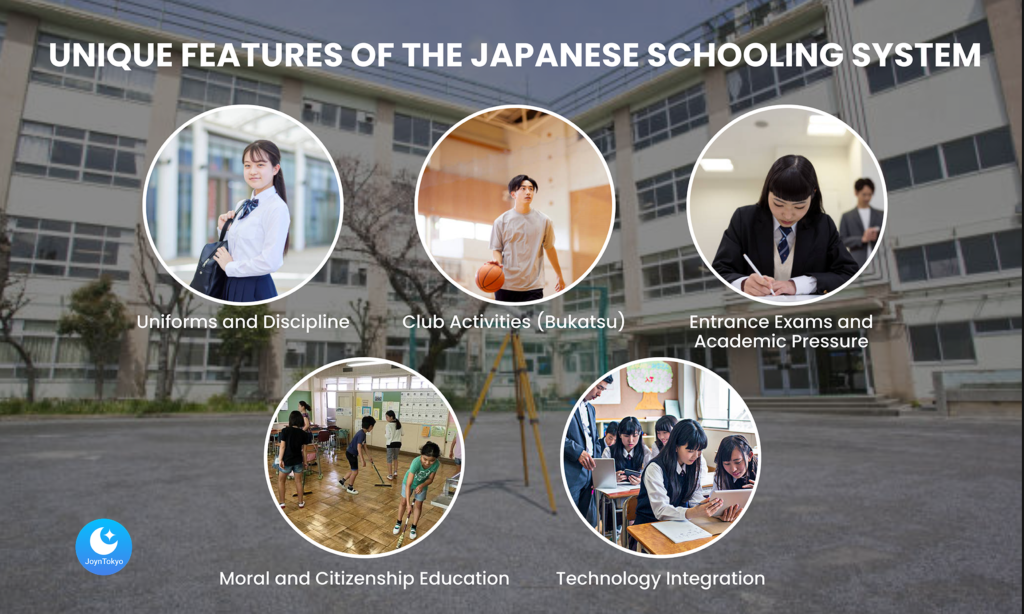
Japanese education is strongly influenced by cultural values that highlight discipline, community, and dedication to learning. Several unique features define the student experience across all levels of schooling.
Uniforms and Discipline
Most schools require uniforms, which promote equality and reduce social barriers. Students are also held to high standards in appearance, punctuality, and behavior. Moral education is a formal subject, teaching empathy, respect, and civic responsibility, which reflects Japan’s focus on shaping well-rounded citizens.
Club Activities (Bukatsu)
Club participation is an essential part of student life. Sports such as baseball and soccer are popular, but cultural activities like tea ceremony, calligraphy, and music are equally valued. These activities encourage teamwork, develop leadership skills, and often inspire lifelong passions.
Read More
Entrance Exams and Academic Pressure
Entrance exams play a decisive role in access to prestigious high schools and universities. Students often attend cram schools (juku/塾) to prepare. This system encourages discipline and academic focus but is also associated with high levels of stress and competition.
Technology in Education
While traditional learning methods remain dominant, digital tools are increasingly common. Tablets, online study platforms, and coding classes are gradually being integrated. Despite these advancements, handwritten exams and memorization-based approaches are still central to the Japanese classroom experience.
Considerations for Foreign Students and Families
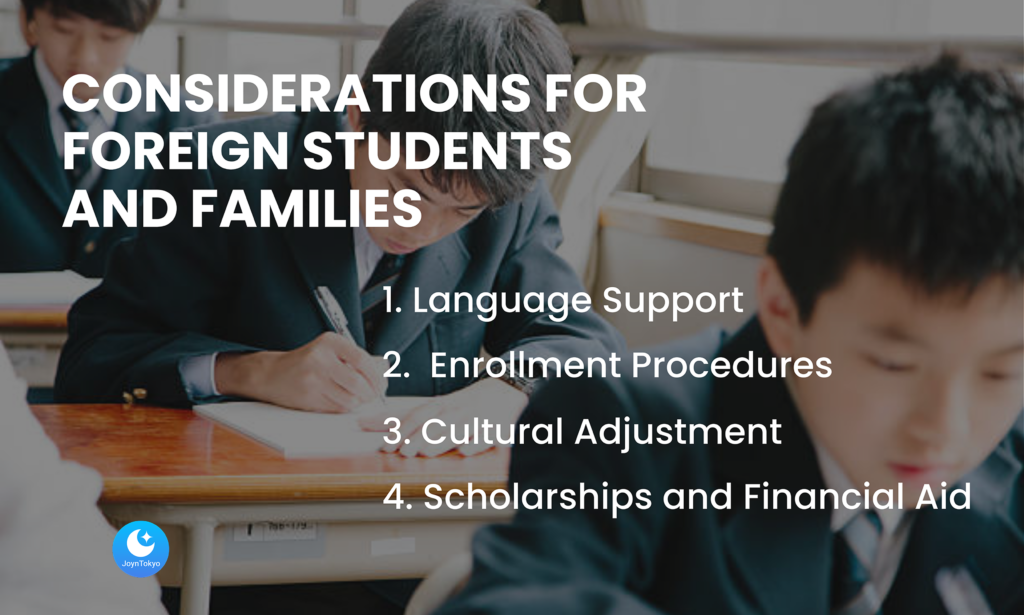
For international families, understanding the practical aspects of enrolling in Japanese schools is crucial. These considerations can make the transition smoother and reduce unexpected challenges.
Language Support
Public schools primarily teach in Japanese, but international schools or special language support classes are available in certain districts. Some public institutions offer supplementary Japanese lessons for non-native speakers.
Enrollment Procedures
Enrollment requirements differ by school type (public, private, or international). Public schools typically require residence registration (在留カード/Zairyu Card), while international schools may have their own admissions criteria and tuition fees.
Cultural Adjustment
Study methods emphasizing memorization, classroom discipline, and group activities may differ from Western styles. Adapting to these norms—and understanding unwritten rules—can ease social and academic integration.
Scholarships and Financial Aid
Numerous scholarships exist for international students, including programs from MEXT (Ministry of Education, Culture, Sports, Science and Technology). Private foundations and local governments also offer financial aid, so researching options beforehand is crucial.
Navigating Japan’s Education System
Japan’s structured education system provides rigorous academics, cultural immersion, and diverse learning paths. Whether you opt for a local public school, a private institution, or an international program, understanding the system’s stages, key features, and enrollment procedures is essential. Take advantage of language support, consult official resources (like MEXT’s Website), and explore scholarship opportunities. With adequate preparation, foreign students can thrive in Japan’s educational environment—gaining not only knowledge but also invaluable cultural experiences.

